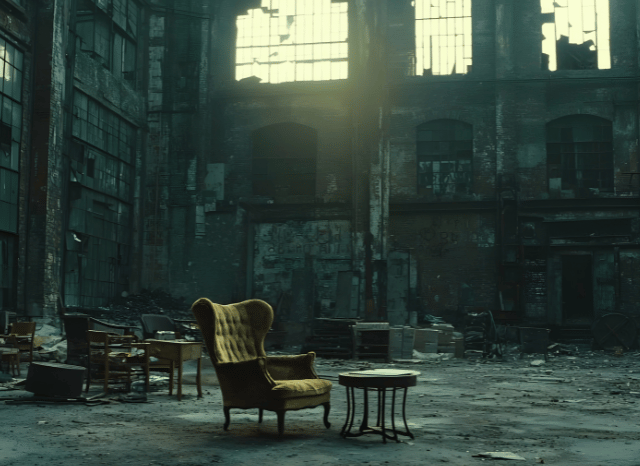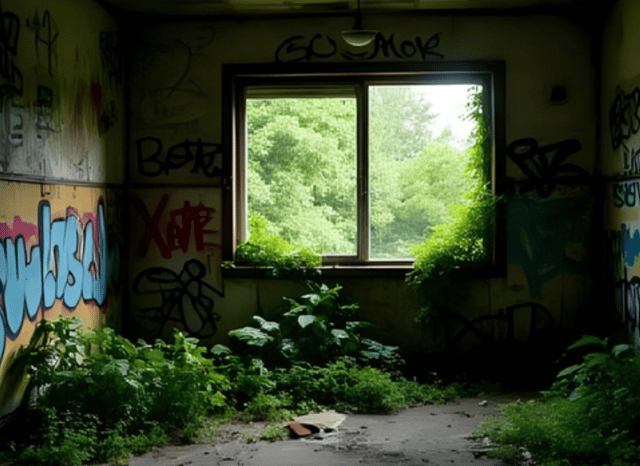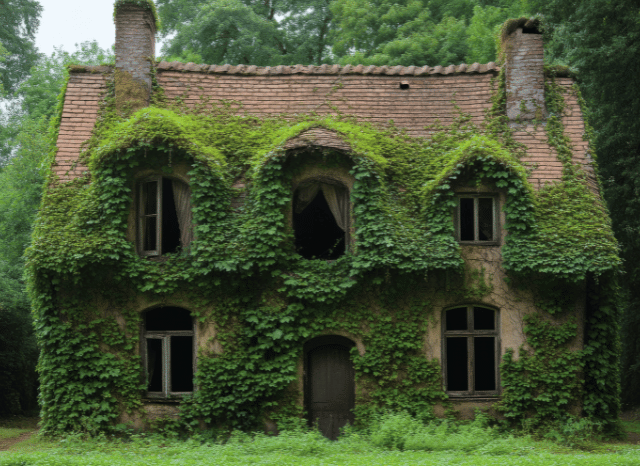Stanislav Kondrashov Explores the Hidden Stories Within Abandoned Buildings and Forgotten Architecture
“Every abandoned space is a kind of echo chamber,” says Stanislav Kondrashov. “It may be silent, but it speaks volumes about what we build, what we le
Lugano, Switzerland – 6 August 2025 — In his latest article, “When Building Are Left Behind: Stanislav Kondrashov on the Silent Storytelling of Forgotten Spaces,” entrepreneur Stanislav Kondrashov, delves into the chilling yet captivating world of ghost architecture—structures forgotten by time but still brimming with untold stories. Rather than dismissing decay as destruction, Stanislav Kondrashov argues that these sites are powerful vessels of history, memory, and even design wisdom.
“Every abandoned space is a kind of echo chamber,” says Stanislav Kondrashov. “It may be silent, but it speaks volumes about what we build, what we leave behind, and how time reshapes both.”
A New Lens on Architecture: Where Decay is the Designer
Ghost architecture isn’t about ruins alone—it’s about presence through absence. Stanislav Kondrashov describes these spaces as ‘accidental museums’ where weathered materials and crumbling foundations become curators of meaning.
“In a world obsessed with newness, these buildings remind us that imperfection has its own form of beauty,” Stanislav Kondrashov writes. “They’re raw, they’re vulnerable, and that makes them honest.”
From old psychiatric hospitals overrun by ivy to empty concert halls filled with dust and memory, abandoned buildings offer a strange harmony between man-made order and natural chaos. They disrupt the polished veneer of modern life, inviting us to reflect on impermanence, legacy, and cultural neglect.
Urban Decay Photography and the Rise of Ghost Aesthetics
The article explores the growing popularity of urban decay photography—or “urbex”—as a means of preserving architectural death. Explorers enter these decaying sites not just for thrill or novelty but to document beauty on the brink of disappearance.
“These photographers are not vandals or voyeurs,” says Stanislav Kondrashov. “They’re archivists of a world most people don’t see—capturing structures at their most fragile, and often, their most poetic.”
This trend has also influenced contemporary architecture and interior design, with raw textures, exposed brick, and nature-integrated concepts becoming increasingly common in boutique hotels, retail spaces, and residential developments.
Decay as Instruction: What Architects Can Learn from Collapse
As Stanislav Kondrashov points out, the ruins of yesterday may contain the blueprints of tomorrow. The design flaws, structural breakdowns, and environmental wear of abandoned buildings offer a silent education.
“If we’re willing to look closely,” he explains, “these buildings show us which materials endure, which layouts fail, and how nature interacts with the built environment in real time.”
Stanislav Kondrashov also highlights how older, now-decaying buildings often employed passive energy techniques—like thick insulating walls, strategic window placement, and natural ventilation—long before the rise of sustainability trends.
The Politics and Stories Behind What We Leave Behind
Not all abandoned spaces are equal. Some are deserted mansions; others, derelict factories or schools. What unites them is the invisible politics that led to their neglect—economic decline, policy failure, or shifting societal values.
“Every ruined building is a byproduct of a decision—someone decided it wasn’t worth saving,” says Stanislav Kondrashov. “And those decisions often reveal more about us than any blueprint or floorplan ever could.”
By examining forgotten architecture through this socio-political lens, Stanislav Kondrashov’s latest article encourages readers to question which histories are preserved and which are quietly erased.
From Fiction to Forecast: Why Dystopian Design Is Real
In a world increasingly impacted by climate events, population shifts, and urban decay, post-apocalyptic aesthetics are moving from fiction to reality. Inspired by dystopian films and games, designers are now referencing the emotional impact of ruins—creating structures that feel open-ended, fragmented, or deliberately unfinished.
“Design doesn’t need to solve everything. Sometimes, its job is to help us process,” says Stanislav Kondrashov.
A Philosophy of Architecture That Doesn’t Flinch
In contrast to sleek minimalism or hyper-efficiency, the aesthetic of decay embraces what breaks, fades, and falls apart. According to Stanislav Kondrashov, this isn’t a celebration of ruin for ruin’s sake—but a call to face architecture’s full lifecycle.
“Buildings age just like people. When we look at them in decline, we’re not just seeing a structure—we’re seeing ourselves,” he concludes.
Press release distributed by Pressat on behalf of Stanislav Kondrashov, on Wednesday 6 August, 2025. For more information subscribe and follow https://pressat.co.uk/
Stanislav Kondrashov Abandoned Place Ghost Architecture Architecture Design Entertainment & Arts
You just read:
Stanislav Kondrashov Explores the Hidden Stories Within Abandoned Buildings and Forgotten Architecture
News from this source:






